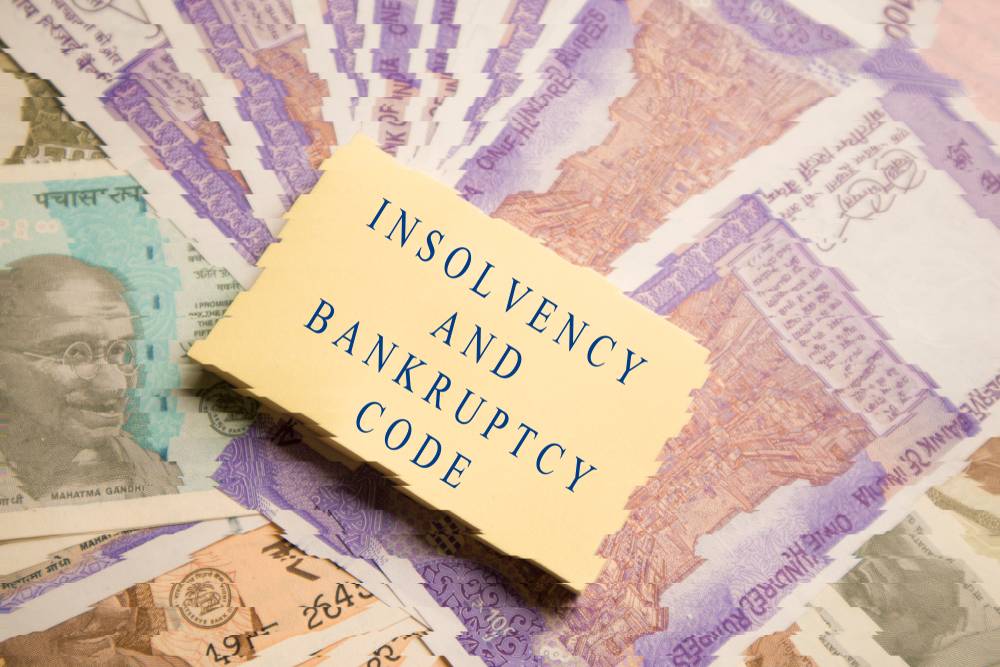 Last updated: May 8th, 2020 12:27 PM
Last updated: May 8th, 2020 12:27 PM
Stages of Corporate Insolvency Process
Indian legal system incorporated legislation distinctly dealing with insolvency and bankruptcy in 2016. Up until then, matters pertaining to insolvency and bankruptcy were largely covered in varying codifications laying down laws corresponding to the specified code’s requirement. For instance, inter alia, Companies Act, 2013, laid down provisions pertaining to winding up of companies, SARFAESI Act, 2002, provided for discharge of liability by the bank towards a secured creditor for their secured interest regarding the failure of payment[1] and Banks and Financial Institutions Act, 1993, presented rules for financial debt recovery. In light of the losses sustained by the creditors, in consequence to the non-payment of debt in due course of time because of non-existence of a legally binding procedure, the parliament introduced the Insolvency and Bankruptcy Bill in 2015 which passed in 2016 (hereinafter referred to as “The Code” [2]). The losses borne by the creditors were by extension affecting the financial stability of the creditors as well as the economy [3]. The Indian Insolvency & Bankruptcy Code provides for legally binding and sustainable modus operandi for the insolvency process of corporates, partnerships and individuals. This guide deals specifically with the Corporate Insolvency Resolution Process (hereinafter referred to as “CIRP”). Section 6 under Chapter II of The Code defines CIRP as a process initiated by a financial creditor, operational debtor or the corporate debtor [4] itself when a payment by the corporate debtor has defaulted.A glance into the comprehensive mechanism of the IBC, 2016.
Corporate Insolvency Resolution Process
CIRP is fundamentally concluded in six stages, keeping variable factors constant. The stages are as follows: Stage 1 - Petition to the NCLT: When a company defaults in furnishing payments to its creditors, as discussed above, the creditors hold a right to bring forward a CIRP petition before the Adjudicating Authority. Instances wherein a company is the corporate debtor, the appropriate Adjudicating Authority is the National Company Law Tribunal (hereinafter referred to as “NCLT”). Once filed, the NCLT reviews the merits of the petition considering whether the petition holds a locus standi before the tribunal or not. If the tribunal does not find merits in the petition, like for instance, the defaulted amount does not meet the minimum threshold of INR One lakh as per Section 4 of The Code (which is now INR One Crore [5]), then it will reject the petition. However, if the tribunal finds practicable merits in the petition, then it admits the same (u/s 7, 9 or 10 of The Code) prompting the process to commence. The NCLT is required to call for a hearing within 14 days of the filing of the petition. Stage 2 - Appointment of Interim Resolution Professional (hereinafter referred to as “IRP”): Resolution professional (hereinafter referred to as “RP”) [6], defined u/s 27 of The Code, is a licensed insolvency professional appointed and nominated by the Committee of Creditors. Until then, the NCLT appoints the IRP. The second stage towards the process is for the IRP to enterprise between carrying out the remainder of the insolvency process and ensuring that the operations of the corporate debtor are a going concern. Stage 3 - Moratorium: Moratorium period commences once the tribunal admits the petition. As per Section 14 of The Code, on declaration of this period, the tribunal prohibits;-
- Institution of fresh suits or continuation of pending suits (in terms of financial debt) against the corporate debtor;
- Defenestration of the corporate debtor from any operational, financial, legal or managerial obligation;
- Any additional foreclosure or recovery of debt against the corporate debtor under the SARFAESI Act, 2002; and
- Recovery from the corporate debtor of any property that he possesses at the time of the insolvency process.
Further Reading & References:
[1] SARFESI Act [2] Insolvency & Bankruptcy Act [3] Insolvency & Bankruptcy Code [4] Corporate Insolvency Resolution Process [5] Changes to IBBC - COVID-19 [6] Process for Becoming an Insolvency ProfessionalPopular Post

In the digital age, the convenience of accessing important documents online has become a necessity...

The Atalji Janasnehi Kendra Project that has been launched by the Government of Karnataka...

The Indian Divorce Act governs divorce among the Christian couples in India. Divorce...

When an individual has more than a single PAN card, it may lead to that person being heavily penalised, or worse,...

Employees Provident Fund (PF) is social security and savings scheme for employee in India. Employers engaged...


